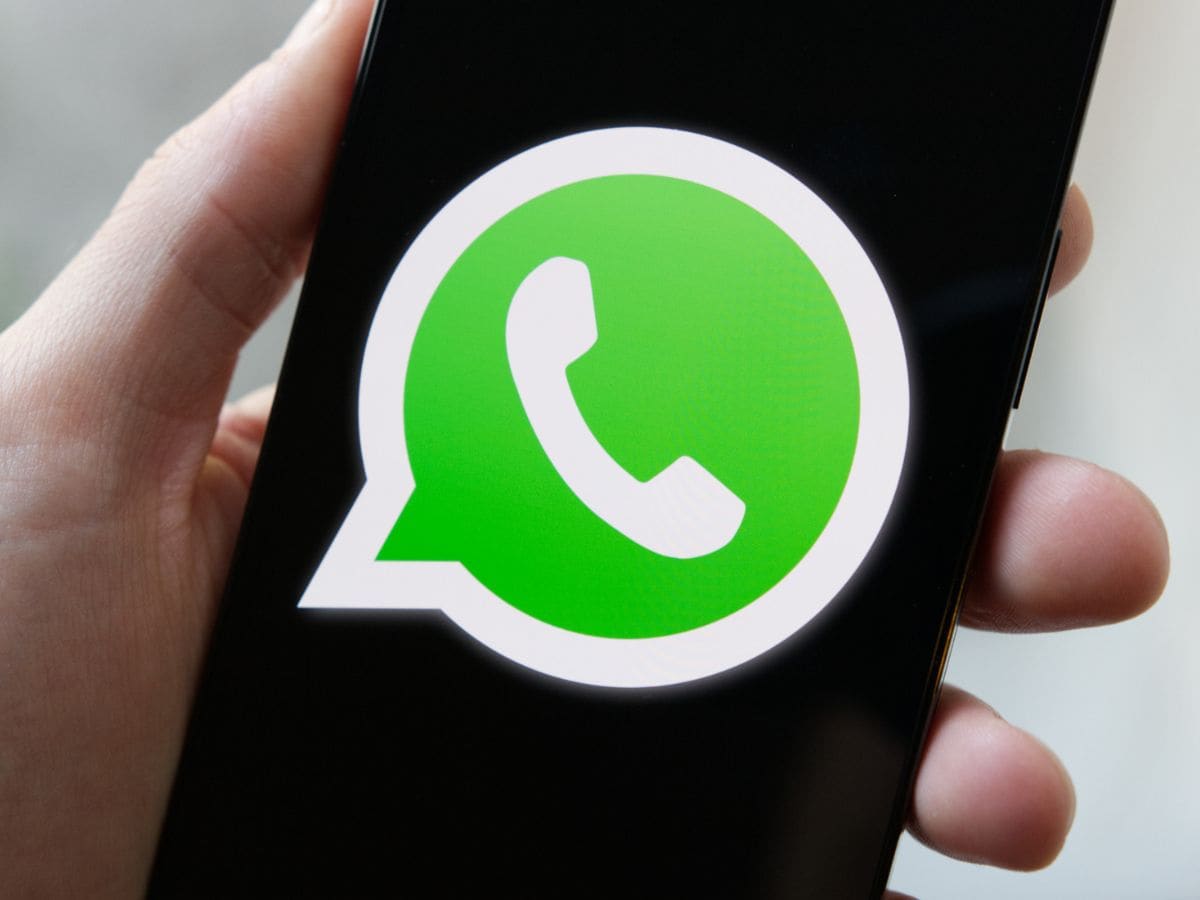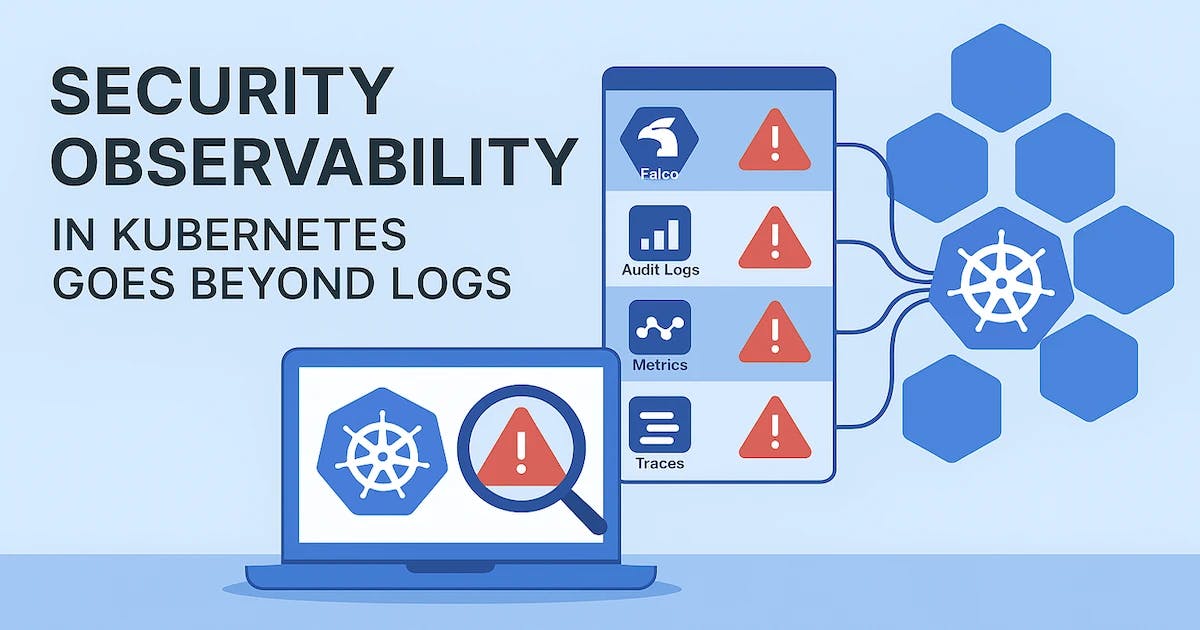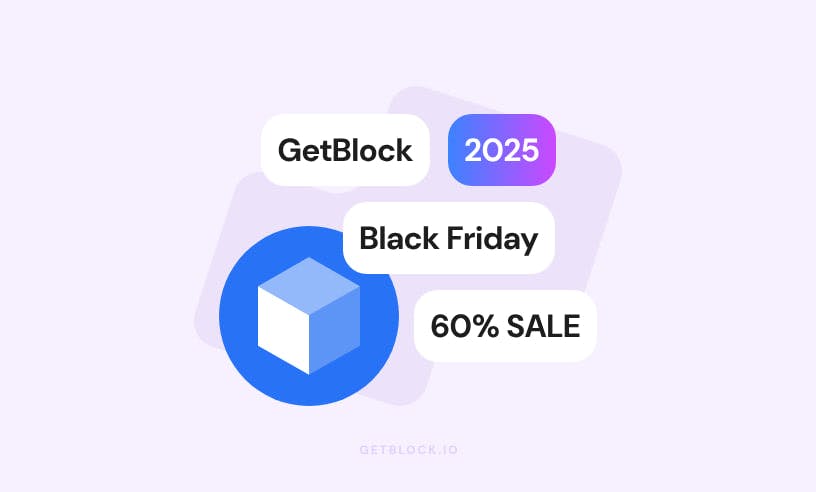This website contains affiliate links. Some products are gifted by the brand. As an Amazon Associate, I earn from qualifying purchases. The content on this website was created with the help of AI.
While I share money-making strategies, nothing is “typical”, and outcomes are based on each individual. There are no guarantees.
So, you’ve poured your heart and soul into creating the perfect digital product. The late nights, the endless tweaks, the obsession over every little detail—it’s finally done. But what if I told you that one overlooked step could pretty much guarantee it fails the second you launch? That after all that work, you hit “publish” and all you hear is… crickets.
It’s a nightmare scenario I’ve seen happen over and over, and if I’m being honest, I’ve lived through it myself. The line between a sold-out product and one that just collects digital dust usually isn’t about quality. It’s the launch. Before you even think about hitting that button, I’m going to walk you through the exact marketing blueprint that separates a smash hit from a forgotten file. This is everything I wish someone had told me when I was starting out.
Why Most Products End Up in the Digital Graveyard
Let’s be real for a second. The internet is a graveyard of brilliant ideas. E-books that were never read, courses that were never completed, and software that was never downloaded. Why? Because their creators thought having a great product was enough. They fell for the “if you build it, they will come” fantasy, spent 99% of their energy creating, and then just crossed their fingers on launch day.
That approach is a one-way ticket to burnout and a gut-punch of disappointment. It’s what gives you that sinking feeling when you’ve poured your life into a project, only to see zero sales notifications pop up. It’s the fuel for imposter syndrome, making you wonder if you were ever cut out for this in the first place.
But here’s the hard truth: a successful launch isn’t an accident. It’s not about luck. It’s an event you engineer. The biggest mistake you can make is thinking the launch begins on launch day. It actually starts months before. If you wait until your product is finished to think about marketing, you’ve already lost. In fact, a leading reason for startup failure is a lack of market need for the product.
Introducing a Blueprint for a Successful Launch
But what if you could flip that around? What if you had a repeatable system that took the guesswork out of launching? A blueprint that makes sure by the time you’re ready to sell, you have a line of eager buyers waiting, credit cards in hand.
That’s what we’re building today. This isn’t a random list of marketing tips. This is a phased, strategic blueprint designed to build momentum, create real demand, and make your launch a massive success. We’re going to break it down into three crucial phases: The Pre-Launch Foundation, The Launch Day Blitz, and The Post-Launch Momentum.
Forget about hope as a strategy. It’s time to get methodical.
Building Your Pre-Launch Foundation
This is where the real work gets done. A killer launch is won or lost in the weeks and months before you go live. This phase is about switching your brain from “creator” mode to “marketer” mode. Your job isn’t just to build a product; it’s to build an audience that’s dying to buy it.
Stop Building, Start Validating
The most expensive mistake you can make is to build something nobody wants. Before you spend ages perfecting your product, you have to validate your idea with actual market feedback. This means doing real market research to understand your audience’s biggest problems and what they truly need. It’s no surprise that a lack of market need is a top reason why startups fail, with some studies showing it accounts for up to 42% of failures.
How do you do it? Simple: talk to people. Create free surveys with tools like Google Forms and ask direct questions: “What’s your biggest frustration with [your topic]?” or “If you could wave a magic wand and solve one problem related to [your topic], what would it be?”
The answers you get will help you nail your product’s value proposition—a sharp, powerful statement about the specific problem you solve. Your product has to be a painkiller, not just a vitamin. This isn’t just about collecting data; it’s about making your future customers feel like they’re part of the process, building a connection from day one.
Engineer Anticipation
Once you know you’re building the right thing, it’s time to make some noise. You have to build hype before you have anything to sell. Think of it like a Hollywood movie—they drop trailers and teasers months ahead of time to get everyone talking.
Start creating a pre-launch “content runway.” This could be blog posts, social media content, or short videos that are all connected to the problem your product will eventually solve. Each piece of content isn’t a sales pitch; it’s a valuable resource that naturally sets the stage for the solution you’re about to offer.
And every single piece of content needs a clear call to action: “Sign up for the waitlist to be the first to know when it drops—and to get a special early-bird discount.” This part is non-negotiable. Building your email list is your number one job in the pre-launch phase, as it’s the only audience you truly own and will drive your launch-day sales.
Create an ‘Inner Circle’ Beta Test
About a month before you launch, it’s time to gather your “inner circle.” This is a small, hand-picked group of people from your waitlist who get early access to your product, either for free or at a huge discount. This is your beta testing crew.
They have two jobs. First, they’re your final quality check. They’ll catch the typos, broken links, and confusing parts you missed because you were too close to it. Their feedback is pure gold for making those final polishes.
But even more importantly, they become your first success stories. As they use your product and get results, ask them for testimonials. Get them to record short video reviews. This social proof is marketing gold. When you finally launch, you won’t just be saying, “I think my product is great.” You’ll have a chorus of real customers saying, “This product was a game-changer for me.” That builds instant trust and will seriously boost conversions on your sales page.
Executing the Launch Day Blitz
Okay, you’ve validated your idea, you’ve built a waitlist buzzing with excitement, and you’ve got powerful testimonials locked and loaded. Now, it’s time to launch. This phase is all about creating a coordinated surge of energy that makes your product feel like an unmissable event.
Plan a Coordinated Strike
A launch isn’t a single email. It’s a multi-channel attack where everything works in sync. Your email sequence is the backbone, but it needs support from a blitz across all your other platforms.
Your launch week messaging should be everywhere—social media, blog posts, and any ads you might be running. Think of it as an echo chamber. A potential customer might see a teaser on Instagram, read an email an hour later, and then see a post about it in a Facebook group that evening. This multi-touchpoint approach is vital because, in today’s world, customers need more reassurance and interaction before buying. Some research suggests it can take anywhere from 6 to over 20 touchpoints to convert a prospect, depending on how familiar they are with your brand. Each piece of content reinforces your message and builds urgency.
Go Live and Go Big
One of the most powerful tools you have is a live event. Host a free webinar, a workshop, or a live Q&A session on launch day. This does two huge things: First, it lets you teach and give away massive value in real-time, which builds incredible trust. Second, it lets you frame your product as the perfect solution to the problems you’ve just discussed and tackle any objections right on the spot.
Live events create a powerful mix of urgency and human connection. People are more likely to buy when they feel connected to you and see a limited-time opportunity. You can even throw in a special “fast-action” bonus just for people who buy during the live event to send your conversion rates through the roof. There’s a reason webinars are still one of the highest-converting sales tools—with average conversion rates often cited as being over 50%—they flat-out work.
Monitor and Engage from the Watchtower
Launch day is not a “sit back and relax” day. You need to be in “the watchtower,” monitoring everything. Keep an eye on your key metrics: website traffic, email open rates, click-through rates, and, of course, sales. If you notice a big drop-off at one specific step, you can try to make adjustments in real-time.
Just as important, you need to be everywhere, answering everyone. Your inbox and social media DMs will likely be flooded with questions. Answer every single one as fast as you can. This kind of hands-on support shows you care and can be the final push someone needs to click “buy.” Every question you answer publicly helps dozens of others who had the same doubt. This engagement builds a ton of trust and a sense of community around your launch.
Maintaining Post-Launch Momentum
Too many creators treat launch day like the finish line. They let out a huge sigh of relief, and then… they go quiet. This is a huge mistake. The time right after your launch is crucial for keeping sales going and turning your product into a long-term asset.
Debrief and Double-Down
Once your official launch window closes, it’s time to dive into the data. What worked? What bombed? Which email got the most clicks? Which social media post drove the most sales? These numbers are your roadmap for every promotion you do in the future.
But don’t just look at stats. Get feedback from your new customers. Send out a survey and ask about their experience. Use their feedback to make your product even better. Releasing updates or new versions based on what users suggest shows you’re committed to their success and helps turn casual customers into raving fans.
Build an Evergreen Engine
The goal isn’t to live in a constant cycle of stressful launches. The goal is to build an “evergreen engine” that sells your product on autopilot, long after the launch hype dies down.
How? Take your best-performing launch materials and turn them into an automated system. That webinar that converted like crazy? Turn it into an on-demand video training that new leads can watch anytime. That killer email sequence? Put it into an automated welcome series for new subscribers.
Keep creating valuable content that pulls new people into your world and points them toward your automated funnel. This is how you build a real passive income stream and make sure your product keeps bringing in revenue for months, or even years, to come.
Conclusion
Creating a digital product is a massive accomplishment, but building it is only half the battle. A successful launch isn’t about having a flawless product; it’s about having a strategic plan.
It’s about doing the work upfront to validate your idea and build an audience that’s excited for it. It’s about executing a coordinated, high-energy launch that feels like an event. And it’s about building systems to keep your sales going long after the launch party is over.
You have the blueprint. The “if you build it, they will come” model is broken. The new model is: Validate, build hype, launch with a bang, and then automate. You don’t have to end up in the digital graveyard. You have the power to engineer a blockbuster launch. The only question is, are you ready to run the play?











